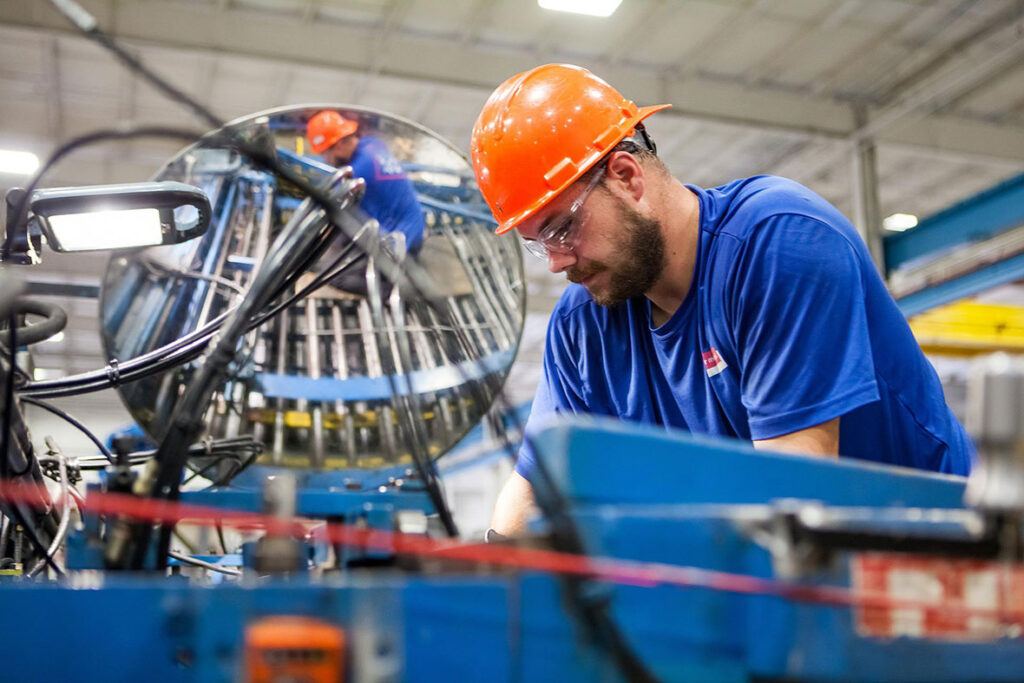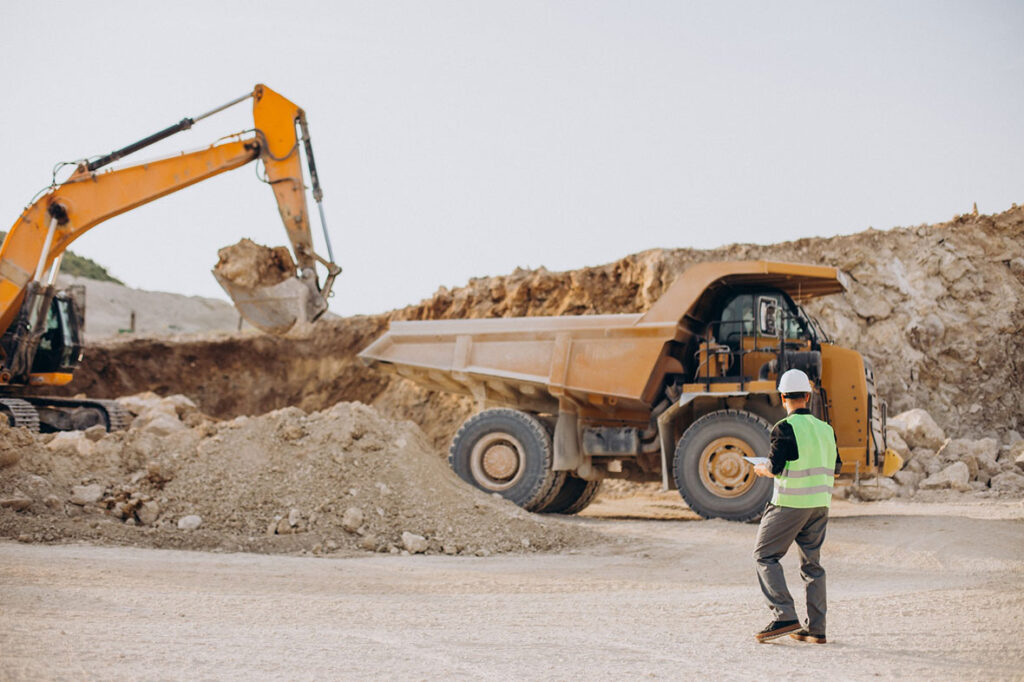Equipment is a significant expenditure for small and medium-sized businesses, but equipment isn’t just a one-time cost. The cost to maintain equipment has just as much of an impact on businesses as the cost to purchase the equipment.
Proper budgeting for equipment upkeep and maintenance is important to offset the impact of these costs and should be seen as an investment in your business. But just because it is a positive investment in your business doesn’t mean there aren’t ways to reduce those costs.
At WiseCap, we are all about helping businesses access the equipment they need to manage and grow, including keeping that equipment in good shape. Here, we’ll look at how maintenance costs should be factored into capital expenditure budgets, how to budget accurately for them and decrease their impact, and how to tell when it no longer makes sense to maintain it so business owners can plan for upgrades in advance. We’ll also look at how to use financing options like business lines of credit to meet your maintenance and equipment needs.

Factoring in Maintenance Costs
Maintenance costs can be inconvenient and costly, but they are a part of your capital expenditure. Investing in maintenance helps keep your equipment in optimal working condition and helps generate profits for your business.
When you look at maintenance expenses as an investment in your business, it makes sense to budget them that way too. Tracking these expenses allows you to factor them into your budget, creating better data for making decisions, preventing inefficiencies, increasing performance and reducing production downtime.
Tracking maintenance costs allows you to figure out how much your business should spend on maintaining equipment each year to keep it operating at an optimal level.
Keep accurate records of your maintenance costs each year, tracking them as an expense that is separate from the initial equipment purchase price. Maintenance costs include funds spent on replacement parts, service technicians, in-house labour costs, and the cost of downtime.
Decreasing the Impact of Maintenance Costs
When you track and understand your equipment maintenance costs, you can then look for ways to reduce them and decrease their impact on your business. Tracking allows you to notice patterns and find solutions to help reduce these costs.
Some of the solutions might include investing in training for employees operating the equipment to prevent improper use and the damage it causes and purchasing replacement parts before you need them, which can help cut back on rush fees and higher costs.
How to Tell When it’s Time to Upgrade Equipment
Maintenance costs should be considered an investment, but there comes a time when that investment no longer pays off. Eventually, maintenance costs may no longer be cost-effective, and it makes more sense to upgrade the equipment.
Another benefit of tracking maintenance costs is the ability to see when maintenance costs are becoming too expensive to justify, which allows you to start planning for the upgrade in advance. This prevents a last-minute panic when a necessary piece of equipment breaks down, and you need to replace it as soon as possible, leaving you with little flexibility.
With supply chain issues still plaguing many industries, knowing you will need to upgrade equipment before it becomes an urgent situation is invaluable. You will be in a better position to negotiate the price and can avoid waiting months waiting for delivery. It also allows you to look into financing commercial equipment, so you know your options ahead of time.
At WiseCap, we use a holistic approach to come up with innovative solutions to get you the equipment your business needs. We will look at your individual needs and come up with financing options that are best suited to your business, such as refinancing options or loans for a small business. Contact us today to discuss your financing needs.
